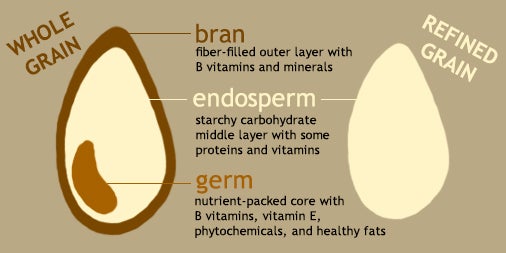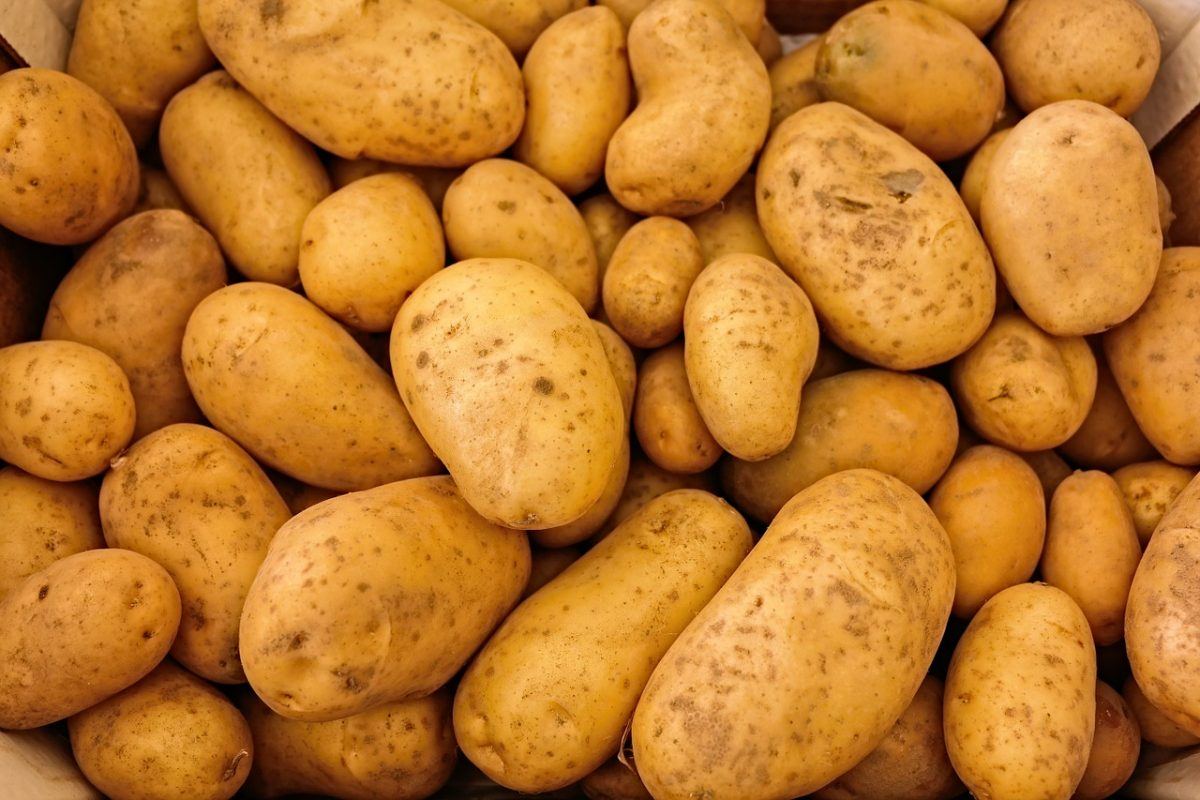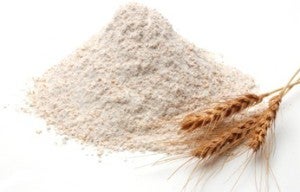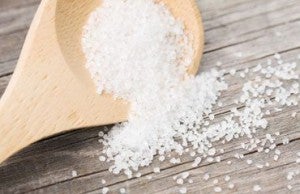Updated Page on Soy: https://www.hsph.harvard.edu/nutritionsource/soy We’ve been told that regularly eating soy-based foods lowers cholesterol, calms hot flashes, prevents breast and prostate cancer, aids weight loss, and wards off osteoporosis. Some of these benefits have been attributed to a unique characteristic of soybeans—their high concentration of isoflavones, a type of plant-made estrogen (phytoestrogen). However, some of … Continue reading “Straight talk about soy”
Choose whole grains instead of refined grains. Whole grains offer a “complete package” of health benefits, unlike refined grains, which are stripped of valuable nutrients in the refining process. All whole grain kernels contain three parts: the bran, germ, and endosperm. Each section houses health-promoting nutrients. The bran is the fiber-rich outer layer that supplies … Continue reading “Whole Grains”
In the U.S., people eat an average of 126 pounds of potatoes per person each year. [1] However, potatoes don’t count as a vegetable on Harvard’s Healthy Eating Plate because they are high in the type of carbohydrate that the body digests rapidly, causing blood sugar and insulin to surge and then dip (in scientific … Continue reading “The problem with potatoes”
1. Choose good carbs, not no carbs. Whole grains are your best bet.
Artificially sweetened drinks Research suggests that artificially sweetened drinks may contribute to weight gain. Because sweet “diet” drinks may condition you to crave other sweet drinks and foods, drinking “diet” drinks has the possibility of leading to weight gain. Moreover, the other health effects of artificially sweetened diet drinks remains largely unknown. It’s best to … Continue reading “Drinks to Consume in Moderation”
When people eat a food containing carbohydrates, the digestive system breaks down the digestible ones into sugar, which enters the blood. As blood sugar levels rise, the pancreas produces insulin, a hormone that prompts cells to absorb blood sugar for energy or storage. As cells absorb blood sugar, levels in the bloodstream begin to fall. … Continue reading “Carbohydrates and Blood Sugar”
Your body doesn’t need to get any carbohydrate from added sugar. That’s why the Healthy Eating Pyramid says sugary drinks and sweets should be used sparingly, if at all, and the Healthy Eating Plate does not include foods with added sugars. The average American adult, teenager, and child consumes about 17 teaspoons of added sugar … Continue reading “Added Sugar”
Salt, also known as sodium chloride, is about 40% sodium and 60% chloride. It flavors food and is used as a binder and stabilizer. It is also a food preservative, as bacteria can’t thrive in the presence of a high amount of salt. The human body requires a small amount of sodium to conduct nerve … Continue reading “Salt and Sodium”
Download these nutrition education materials based on research from the Harvard School of Public Health. The Healthy Eating Pyramid A guide to choosing a healthy diet that’s based on the latest science, from the Dept. of Nutrition at Harvard School of Public Health. Learn more about the Healthy Eating Pyramid: How to follow the … Continue reading “Nutrition Education Materials”
“Go with plants” is one quick tip for following Harvard’s Healthy Eating Plate. To put that tip into practice, acclaimed cookbook author Mollie Katzen and Harvard University Dining Services have cooked up a meatless version of the Healthy Eating Plate. Crispy coconut tofu or “cozy” mashed red lentils anchor the protein portion of the plate. … Continue reading “Vegetarian Recipes for a Healthy Eating Plate”



